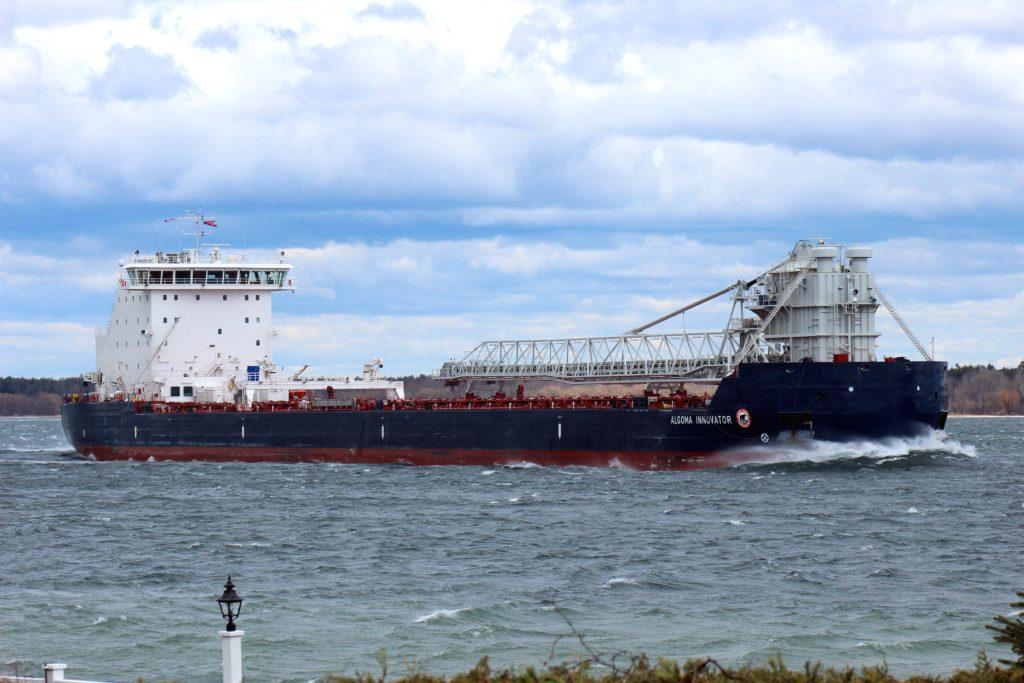
In a world shipping environment where it’s largely a question of innovate or perish, such Canadian carriers as CSL Group and Algoma Central Corporation are pioneering new technologies on and off ships to render their operations smarter, safer, more efficient and generally more competitive.
As of this coming summer, 16 ships in CSL’s Great Lakes fleet will be outfitted with a CSL-developed digital infrastructure known as O2 that will enable “connected vessels”. The O2 technology provides a continuous link between vessels and a digital system ashore that records vessel data every 10 seconds and combines it with compliance, traffic, voyage, weather, and geographical data. “This digital link allows information, like bridge condition and ETAs, to be shared in real-time to and from vessels.
O2 also automates the production of real-time dashboards and reports,” says Frédéric Jauvin, CSL vice-president of global technical services.
This shipping season, CSL will also be trialing Wärtsilä’s lock entry assistance system that will ease the approach and entrance of vessels into waterway locks like those of the St. Lawrence Seaway. The technology, which was installed on the CSL St-Laurent in July 2018, uses global navigation satellite systems (GNSS) to accurately measure a ship’s location as it enters a lock. Speed adaptive controls, together with the allocation of the thruster and rudder, ensure that the vessel enters the lock in a consistent manner every time, while minimizing the influence of external forces from wind and current. In addition, the system automatically controls the vessel’s lateral position and heading, allowing the operator to focus on controlling the speed of the vessel during entry.
The technology aims to reduce physical contact with the canal’s approach walls, thereby reducing steel damage and steel repair costs. “While commissioning of the technology on CSL St-Laurent will be completed later this year, the lock entry system has so far surpassed expectations. During commissioning trials, the ship stopped to within 2 cm of the designated location,” notes Jauvin.

For its part, Algoma has begun to test autonomous shipping technologies. The company has installed AutoMate software developed by Buffalo Automation on one vessel and plans to install a second unit in the near future. While these units are currently being tested, they could be installed on more vessels, if successful.
The Automate system is essentially a collection of sensors and cameras to help boats operate semi autonomously. The system’s inventors point out that if a ship arrives early or late, it may idle or waste fuel – adding to costs. Algorithms and sensors could be used to interpret weather and seafaring conditions, and automatically adjust speed to meet a scheduled time.
Algoma is also currently developing bridge/front end software to reduce the administrative workload on board. This will enable crew members to focus more on critical navigation tasks.
“Algoma is often an early adopter of promising technologies,” stresses Gregg Ruhl, President and CEO at Algoma. “We continually strive to drive innovation to improve safety, reduce our carbon footprint and provide the right tools so our crew members can do their jobs safely and efficiently.”